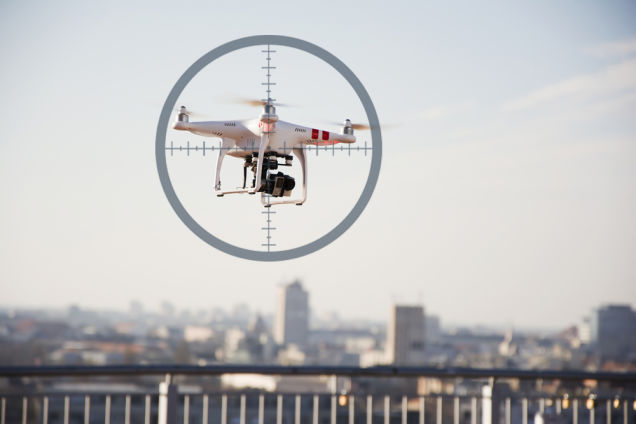Electronic Noise Is Drowning Out the Internet of Things
J Thoendell stashed this in Tech
Source: http://spectrum.ieee.org/telecom/wireles...
When one of us (Roberson) used to live in Wheaton, Ill., his car’s FM radio would blare static every time he drove near a pole-mounted electrical transformer. Now, when he’s near a particular intersection in Chicago and an elevated train passes by, his mobile phone call gets dropped. The same thing happened to him in a rapid transit station in Washington, D.C., during a conference call with the other two authors of this article. One of them (Matheson) has had to train himself to wait until the commercials begin before turning on his electric toothbrush, because it always breaks up the picture and sound of the TV set in his bedroom.
Radio-frequency noise pollution is everywhere. You can’t see, hear, taste, or smell this noise, of course. Nor can you summon it and study it at your leisure, because it comes and goes along with the movements of its sources or its victims. Start with the fact that any significant digital appliance has a high-speed clock and a digital bus, and both leak radiation profusely. Electric motors and generators generate RF noise with every small spark that jumps between their brushes and spinning commutators. Automobile engines sputter when spark plugs fire. Computers snap and pop during the sharp transitions between ones and zeroes. The high-voltage ballasts of neon signs and fluorescent lights blare a broad mix of frequencies. Industrial machinery, elevators, welders, relays, switching power supplies, even light dimmer switches add to the din.
Stashed in: Internet of Things











5:58 PM Sep 09 2015